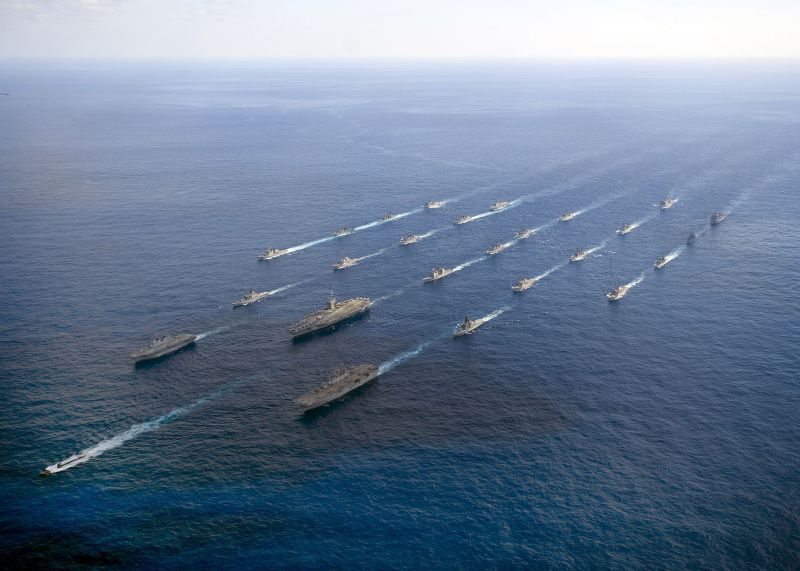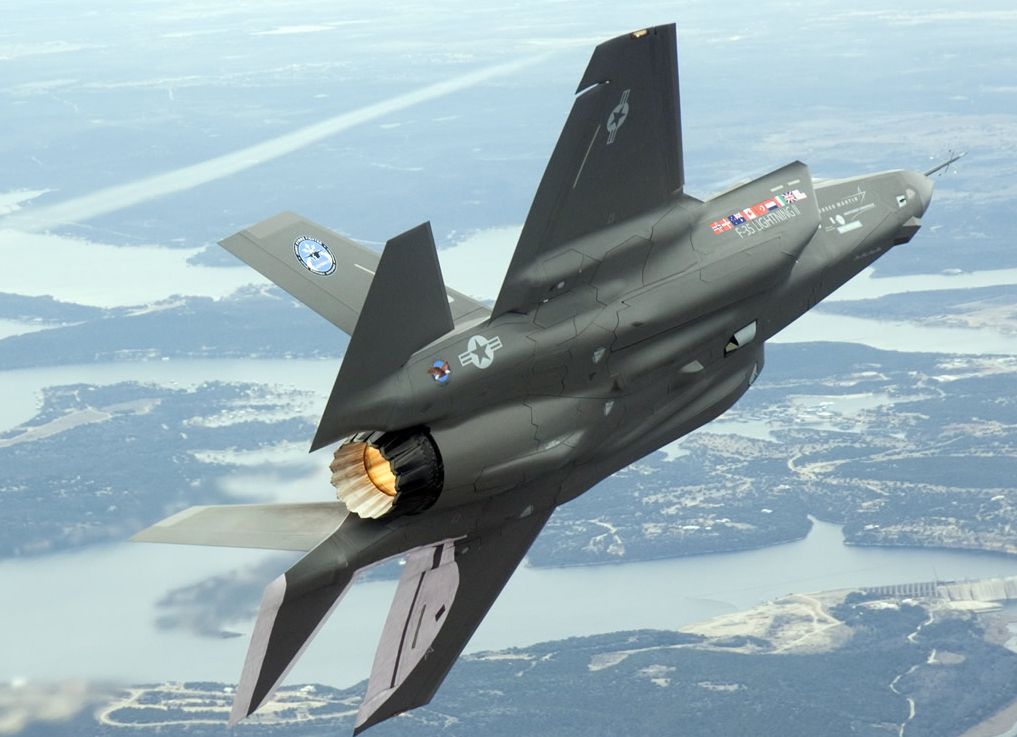The Philippines and the United States will begin war games near disputed South China Sea waters this week, showcasing fast-expanding military ties and likely further stoking tensions with China.
The annual exercises, which involve 2,300 marines from both sides, will take place amid the backdrop of ongoing negotiations to further increase an American military presence and the deployment of its hardware in the former US colony.
They also come three weeks before US President Barack Obama is due to visit Manila, a huge moment for the Philippines as it looks for US support amid a worsening row with China over rival claims to parts of the South China Sea.
“The Chinese will view these military exercises as yet another example of the Philippines stirring up tensions in the South China Sea and of the US taking advantage of the situation to increase its military presence,” regional security expert Ian Storey told AFP.
Beijing, which insists it has sovereignty to nearly all of the South China Sea, has repeatedly railed at the Philippines for refusing to back down in the territorial dispute and seeking to draw the US closer.
Vietnam, Malaysia, Brunei and Taiwan also have competing claims to parts of the sea, which is believed to sit atop vast deposits of fossil fuels, but China has been particularly angered at the Philippines for being the most vocal.
For the Philippines, the dispute will continue to be “the central driver” of efforts to intensify its alliance with the US, according to Storey, a senior fellow at the Institute of Southeast Asian Studies in Singapore.
The Philippine-US Amphibious Landing Exercises (Phiblex) will begin on Wednesday at a naval base in Zambales, a province on the western coast of Luzon island facing the South China Sea.
It is about 220 kilometres (135 miles) from Scarborough Shoal, a group of rocky outcrops in the Philippines’ internationally recognised exclusive economic zone which has been occupied by Chinese vessels since last year.
Scarborough Shoal has become the prime focus of the territorial dispute in recent weeks, with the Philippines accusing China of erecting concrete structures there.
The war games, which will last three weeks, will involve two US warships and live ground fire exercises, according to the Philippine military.
Staff planning exercises will also be held “that will increase the capability to conduct bilateral maritime security and territorial defence operation”, the US embassy said in a statement.
Neither side, however, would release the specific locations for the sea drills.
The exercises take place as the allies are moving closer to a planned deal that would expand the US troop presence in the Philippines, which wants the agreement struck before the end of the year.
The pact would allow the United States to bring military hardware on to local bases, and formalise more US troop visits.
The United States had a permanent military presence at two bases in the Philippines until 1992.
The bases were closed amid nationalist opposition, but the current administration of President Benigno Aquino has rallied pro-US sentiment to counter China.
Even ahead of the pact, there has been a “surge” in recent years of US troops passing through the Philippines, according to John Blaxland, a security and defence analyst at the Australia National University’s College of Asia and the Pacific.
This has dovetailed with Obama’s strategic “pivot” to Asia, which in turn has fuelled long-held Chinese concerns about the US trying to encircle China.
“The Philippines is one of the most enthusiastic supporters for the rebalancing in Asia, and the US is very happy to have regained routine access, if not formal basing at the naval and air facilities there,” Blaxland told AFP.
Storey also said that independent research data showed there had been an increase in US military visits.
The number of US warships making calls in the Philippines “has increased dramatically” to 80 this year, he said.
A Philippine Navy officer, who asked not to be named, confirmed the increase in port calls to Manila as well as in Subic, the former US naval base in Zambales.
AFP asked the US embassy in Manila for data on US military visits to the Philippines in recent years, but no information was provided.









